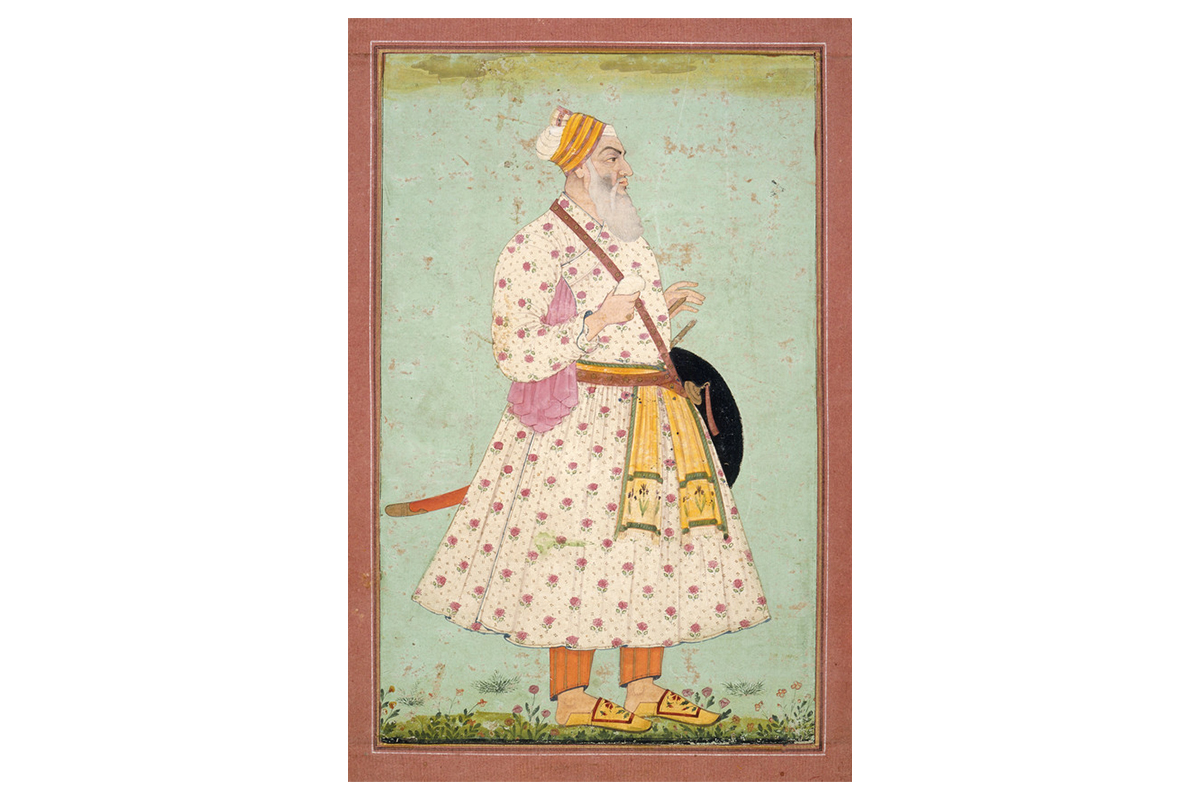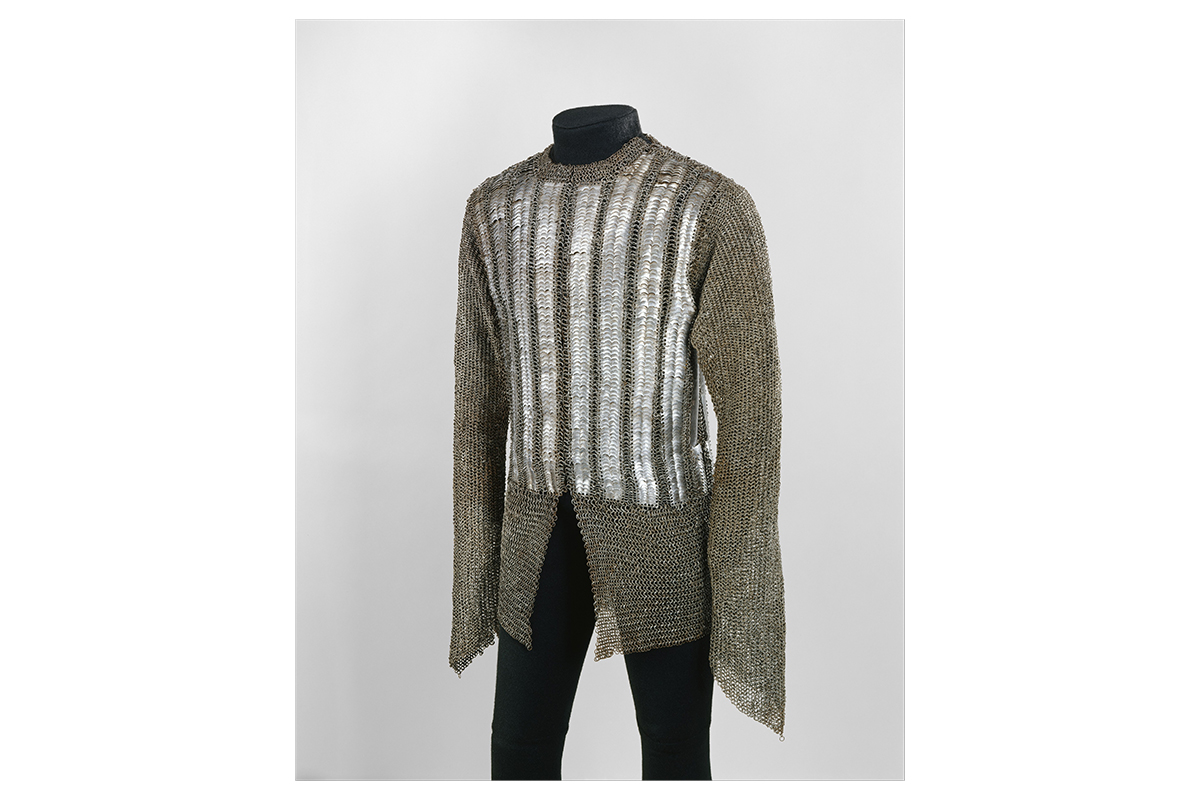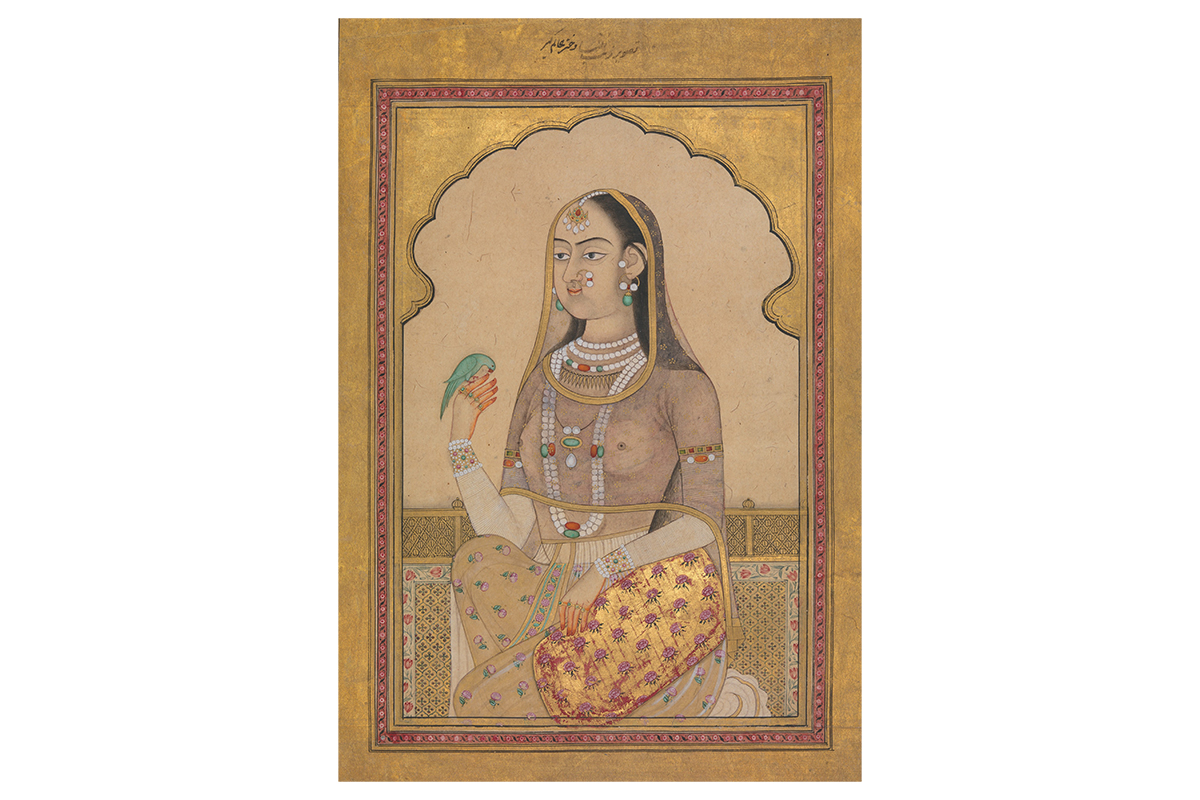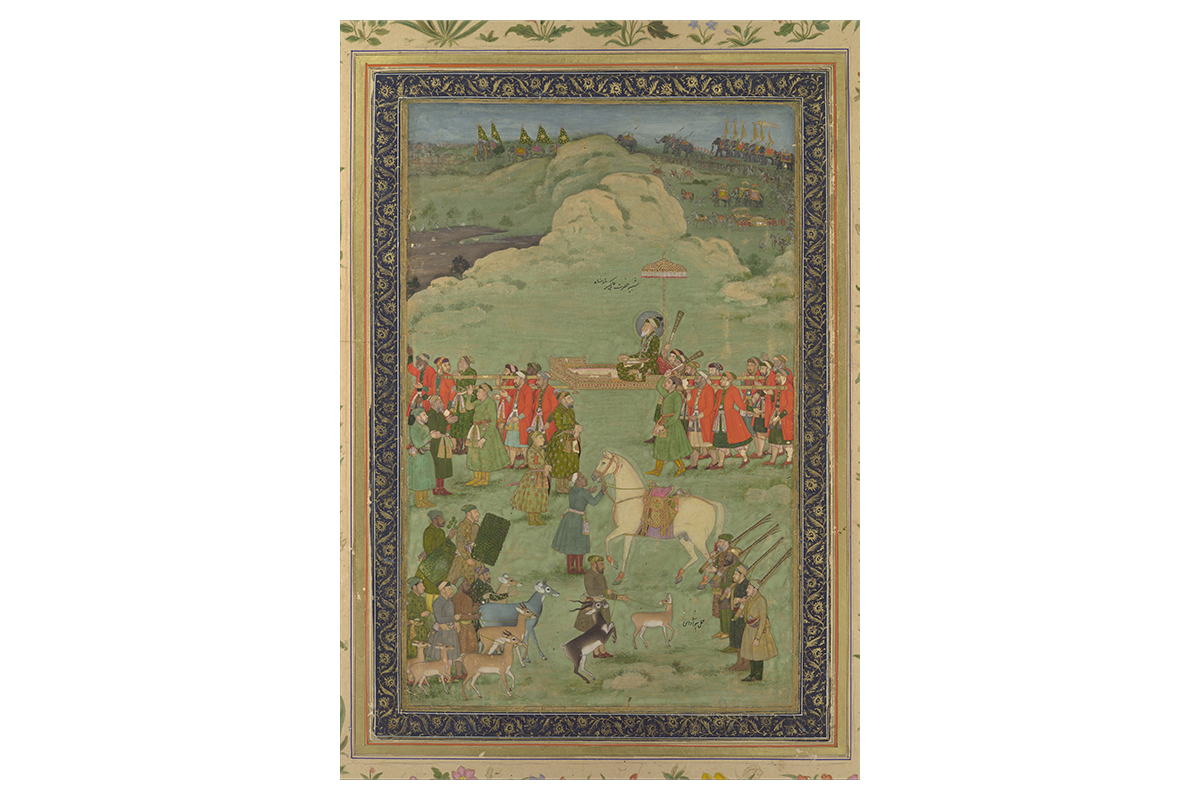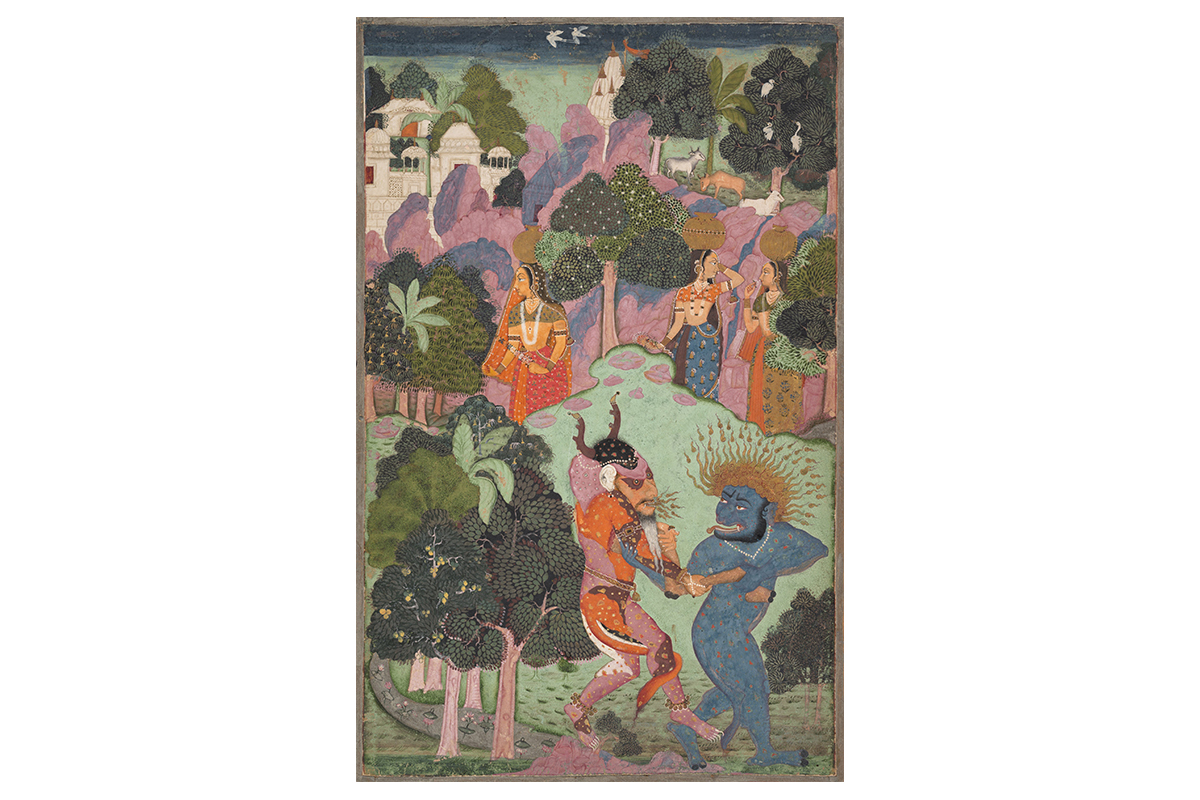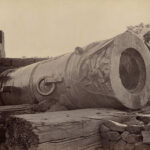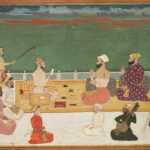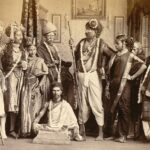Aurangzeb Invades the Deccan
1687
Mughal skirmishes with the Deccan sultanates had been frequent since the states were formed in the 1560s, and culminate in Aurangzeb’s conquest of Bijapur and Golconda in 1687. The presence of Mughal power in the Deccan, and with it, Rajput governors and their patronage, introduces an emphasis on realism into Bijapur painting. Golconda supports myriad styles, melding Persian and Mughal influences. Once the state becomes a protectorate of the Mughal empire, here too, there is an increased emphasis on realism. In the aftermath of Aurangzeb’s Deccan campaign, a new class of patronage emerges in the region, centred around lesser nobles, even as the Persian influence on art in Golconda is seen as late as the seventeenth century. Artist migrations also occur in this period, exemplified in the affinity of style between Bikaner and Deccan paintings.
Bibliography
Eaton, Richard M. A Social History of the Deccan, 1300–1761 Eight Indian Lives. New York: Cambridge University Press, 2005.
Michell, George, and Mark Zebrowski. Architecture and Art of the Deccan Sultanates. Cambridge, UK: Cambridge University Press, 1999.
Feedback 
This entry appears in
Art in South Asia
Visit Timeline
Associated Timeline Events
First Published: March 11, 2024
Last Updated: August 5, 2024




